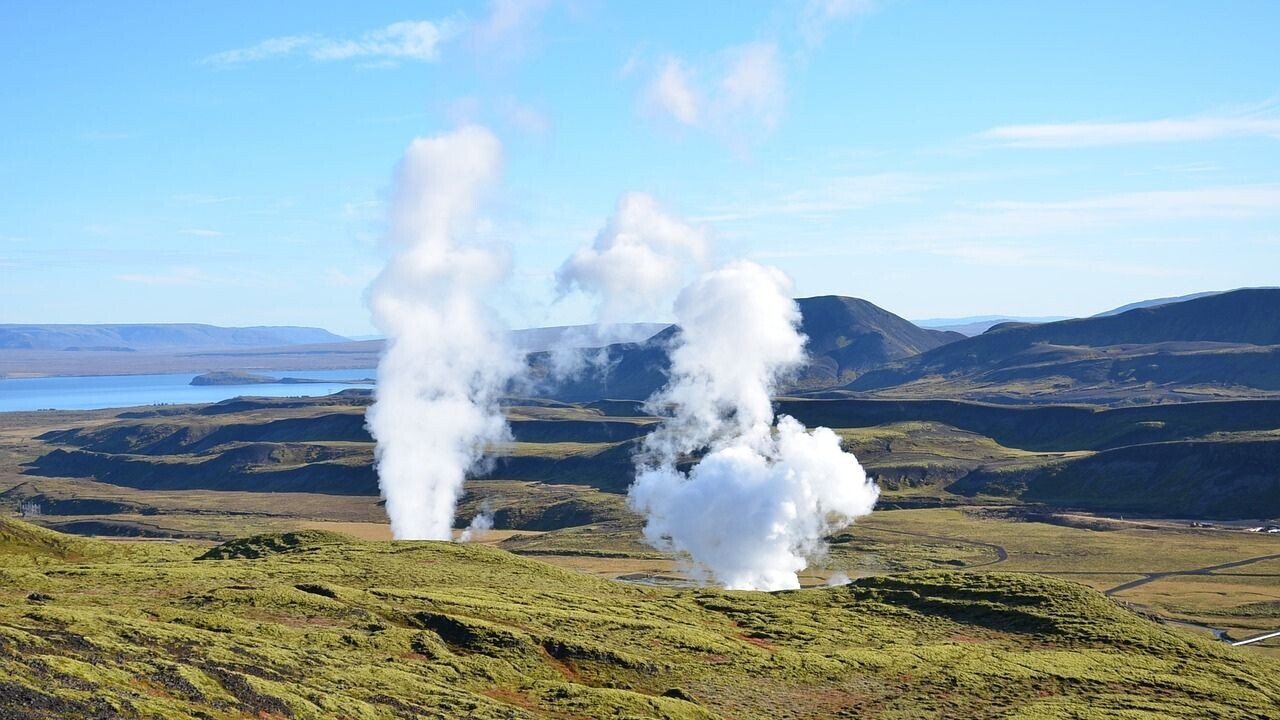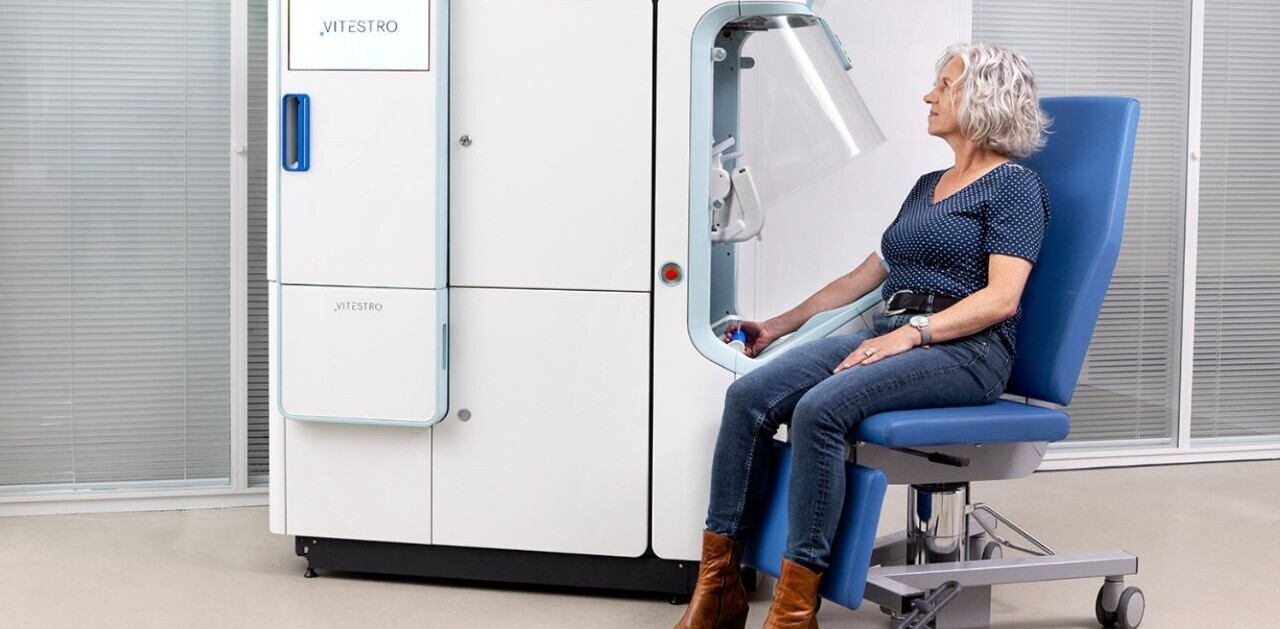
Europe has a long tradition in geothermal energy, with Iceland, France, and Hungary historically dominating the industry. In recent years, however, a range of other countries have entered the sector.
Their motivations are clear: geothermal energy is 100% renewable, endless, and reliable. And the attraction has only intensified amid the drive to reduce dependence on Russian natural gas.
Currently, Germany is leading the transition. At the end of 2022, the country’s government published a plan targeting a tenfold increase in geothermal output: 10TWh by 2030.
“We’re sitting on a gold mine,” Christian Peltl, director of geothermal energy at SWR, the operator of a geothermal plant in Munich, told AFP. “There was really a boom in orders since the beginning of the [energy] crisis,” he added.
Meanwhile, the French government recently announced an action plan for the development of surface and deep geothermal energy. The goal is to produce enough geothermal heat in 15 to 20 years to save annually 100TWh of gas and achieve carbon neutrality by 2050. In 2021, geothermal energy accounted for only 1% of the country’s final heat consumption, which translates to approximately 6TWh.
Similarly, the Italian government is discussing how to support the expansion of geothermal energy, while Hungary aims to upscale production of geothermal energy and subsequently replace about 1-1.5 billion cubic metres of natural gas per year. And Europe’s largest geothermal heating plant, in the city of Aarhus in Denmark, is expected to be completed by 2030, with the capacity to cover 30% of the district’s energy needs.
According to EU data, replacing fossil fuels with geothermal energy could decarbonise up to 25% of the bloc’s population energy needs, while also reducing bills. Geothermal plants could also supply up to 10% of Europe’s power demand. And it seems that the renewable resource is finally getting the necessary traction to boost the continent’s energy independence and help meet its climate targets.
Germany’s target of 10 TWh of geothermal output from medium-depth and deep resources is an ambitious one. To realise the goal, the country aims to add at least 100 additional geothermal projects by 2030. These would connect to the heating grid and supply energy to residential buildings and industrial companies.
Get the TNW newsletter
Get the most important tech news in your inbox each week.



